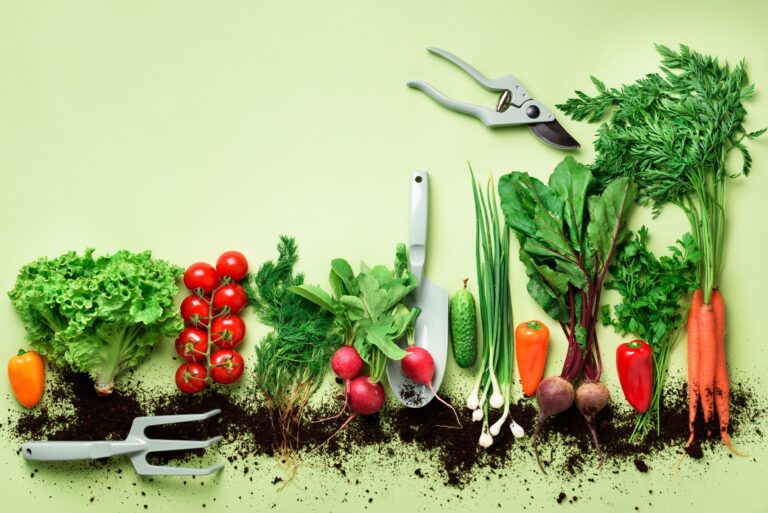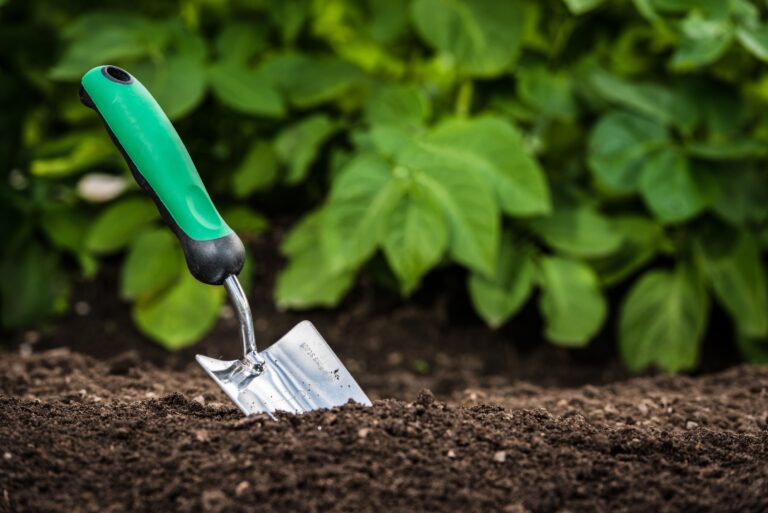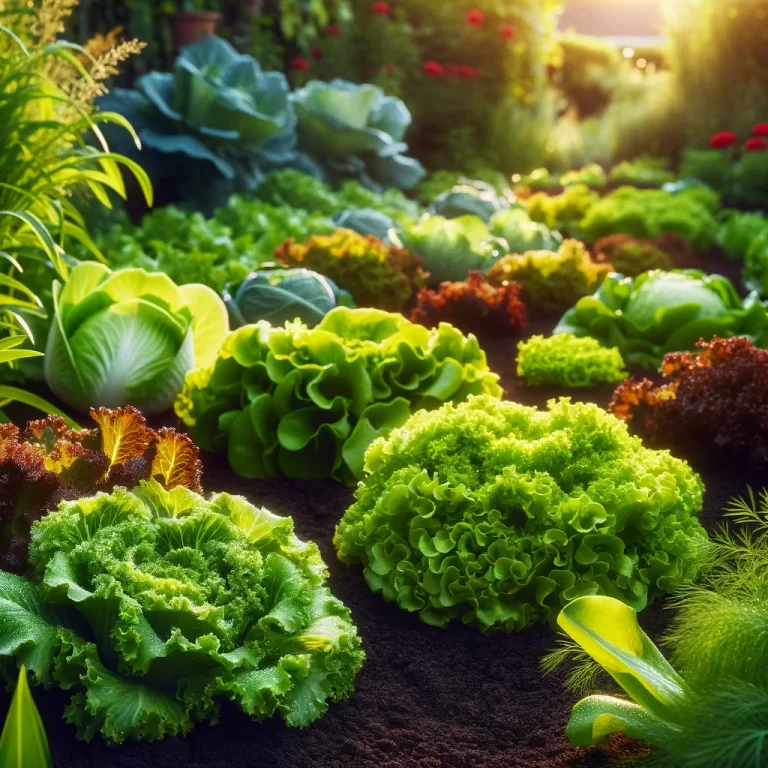Gardening is often celebrated for its ability to provide fresh, nutritious produce, but its benefits extend far beyond the bounty of fruits and vegetables. Here are 12 unexpected health benefits of gardening, showcasing how this humble activity can enhance physical, mental, and emotional well-being in ways you may not have considered. 1. Boosts Vitamin D…
13 Things Your Parents Warned You About and They Were Right
Throughout our lives, our parents impart wisdom and warnings, often met with our youthful skepticism. Yet, as we navigate the complexities of adulthood, we come to realize the validity of their cautions. Here’s a closer look at 13 things your parents warned you about that often prove to be accurate, shedding light on their enduring…
The Dark Side of Gardening: 14 Common Mistakes That Can Ruin Your Garden
Gardening is a beloved hobby for many, offering a sense of peace, accomplishment, and connection to nature. However, even the most well-intentioned gardener can fall prey to common mistakes that have the potential to turn this rewarding activity into a source of frustration. Understanding these pitfalls is crucial to maintaining a healthy, vibrant garden. This…
Eco-Friendly and Economical: 10 Sustainable Gardening Hacks
In today’s world, the importance of sustainable living has never been more pronounced. As we face environmental challenges, the concept of eco-friendly and economical gardening practices has emerged as a beacon of hope for both our planet and our pockets. Here’s a look at 10 sustainable gardening hacks that not only contribute to a greener…
The Green Gold Rush: Uncovering the Lucrative Secrets of Urban Gardening
In the heart of our concrete jungles, a green revolution is unfolding. Urban gardening, once a mere hobby for city dwellers, has transformed into a burgeoning movement with the potential to reshape our communities and economies. Dubbed the “Green Gold Rush,” this trend is not only beautifying our urban landscapes but also revealing a plethora…
Financial Freedom Through Foliage: 8 Plants That Can Slash Your Grocery Bills
In the quest for financial freedom, many overlook the power that lies in their own backyards—or even on their windowsills. As grocery bills continue to climb, partly due to global supply chain issues and inflation, savvy individuals are turning to home gardening, not just as a hobby but as a strategic move towards greater economic…
10 Natural Ways to Control Pests in Your Vegetable Garden
In the quest for sustainability and eco-friendliness, gardeners are turning to natural methods to keep their backyard vegetable gardens thriving while maintaining the ecological balance. With the growing awareness of the harmful effects of synthetic pesticides, natural pest control has become a trending and vital aspect of home gardening. Here are 10 natural ways to…
Baby Boomers Rejoice! Discover How to Create a Lush Garden with Just Your Kitchen Scraps!
In an era where sustainability meets creativity, baby boomers are leading the charge in crafting lush, vibrant gardens from what many might consider waste. Kitchen scraps, often overlooked, are proving to be a goldmine for gardening enthusiasts. This guide will walk you through transforming your everyday kitchen scraps into a flourishing garden, making it not…
Lettuce – Key Growing and Transplanting Information
Lettuce is a staple in salads and sandwiches, and its popularity continues to rise as people seek healthy, fresh, and locally sourced food options. With an increasing interest in home gardening and sustainable agriculture, understanding the nuances of growing lettuce, when to transplant lettuce seedlings, and more are potentially critical. Here’s an overview of the…








